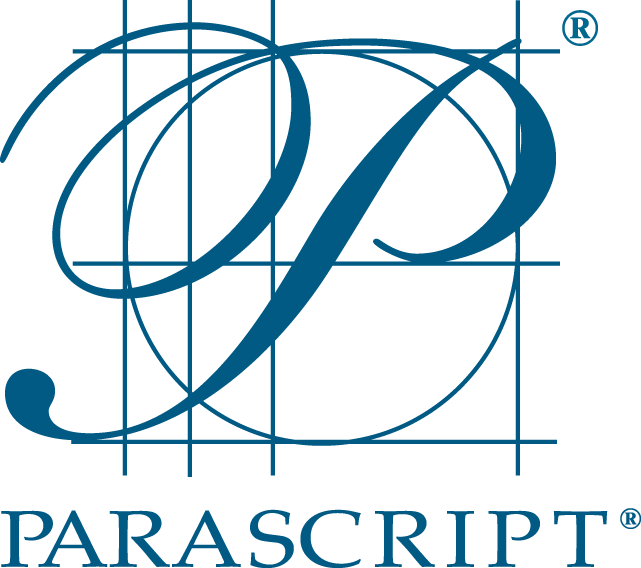In the 2008 recession, many workers turned to self-employment as a way to maintain their income. It was the beginning of the gig economy, with companies hiring freelancers and contract workers to supplement their workforce and keep costs down.
Now, with the economy poised on the brink of another recession—a 60% likelihood according to Morgan Stanley—and with revenues down and inflation up, numerous companies are changing their approach to hiring and even reducing their workforce in some cases.
But this time around, companies have a new option when it comes to supplementing their workforce and keeping costs down—the use of digital workers.
What Are Digital Workers?
Digital workers are automated software programs that use robotic process automation (RPA), artificial intelligence (AI), and machine learning (ML) to perform repetitive tasks that normally take human workers hours to complete. The goal with digital workers is to automate end-to-end business functions in the front-office and back-office so they get done more efficiently and accurately at a lower cost.
How Digital Workers Can Help

Digital workers can do the work of human workers in a fraction of the time, without human error, either working autonomously or alongside human workers. This frees up people to focus on higher-value tasks and it makes it possible for a company to retrain their existing human workforce so they can fill other roles within the organization.
This reduces the need to hire new workers and makes it easier to keep current staff employed in other areas of the company. It also increases overall productivity and innovation, without increasing costs and the results of this approach speak for themselves. They include:
- Avoiding the costs that come with new hires
- Avoiding the need to layoff or furlough employees
- Providing employees with the opportunity to grow and develop
- Improving workplace culture
- Streamlining day-to-day processes
- Reducing overhead costs
- Improving cash flow
- Minimizing disruption to business operations
- Increasing sustainability
Many companies are making these changes. According to the World Economic Forum, over 80% of business executives are pushing ahead of schedule with their plans to digitize work processes. In addition, 50% of employers expect to speed up the automation of at least some of the roles within their organizations.
The Time to Thrive Is Now
Instead of worrying about how to make it through the next recession, it’s time to come up with a digital strategy that will make it easy not only to survive but to thrive. Digital workers have the power to reinforce your workforce, so you can maintain operations without compromise—and without increasing costs. Instead, you will be able to do more with less and you will maintain your competitive advantage.
Take control of your workforce needs. Reach out to a Tangentia team member today and find out how we can help you recession-proof your business with digital worker technology.













